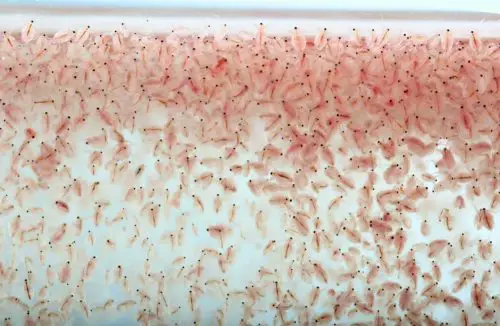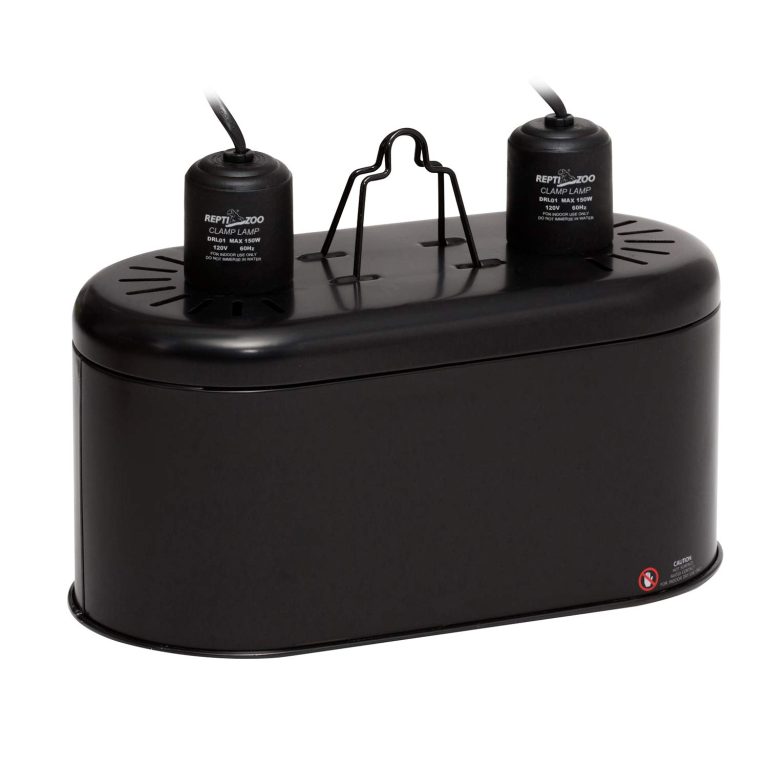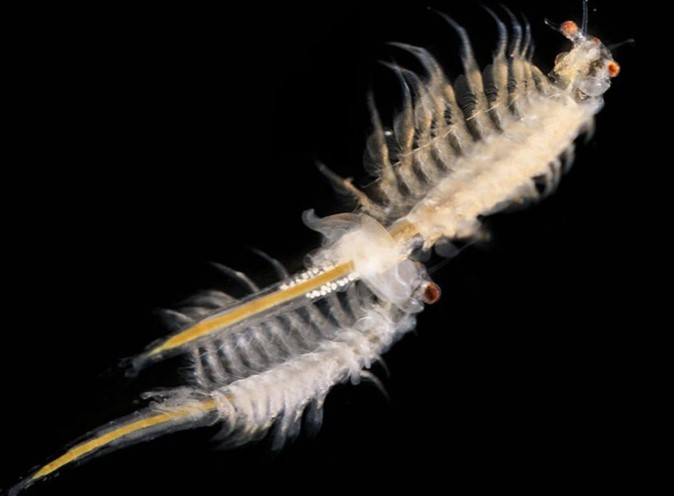How To Get Rid Of Water Fleas In Fish Tank
How to Get Rid of Water Fleas in Your Fish Tank
Have you noticed tiny, floating organisms in your fish tank? These could be water fleas, also known as Daphnia. While they are harmless to fish, they can rapidly multiply and become a nuisance, clouding your tank water and potentially affecting the health of your fish. If you’re wondering how to get rid of water fleas in your fish tank, you’ve come to the right place. In this article, we will explore various methods and strategies to effectively control and eliminate water fleas from your aquarium.
Understanding Water Fleas (Daphnia)
Before we dive into the solutions, let’s understand what water fleas are and the risks they pose to your aquarium. Water fleas, or Daphnia, are small crustaceans that are commonly found in freshwater environments, including fish tanks. They are filter feeders, meaning they consume microscopic organisms and algae present in the water. While water fleas themselves may not harm your fish directly, their rapid multiplication can lead to several problems, such as:
1. Cloudy Water: An excess of water flea population can cause the water in your fish tank to become cloudy, reducing visibility and detracting from the aesthetics of your aquarium.
2. Competition for Resources: Water fleas consume algae and other microorganisms present in the tank water, depriving other aquatic life, including your fish, of essential nutrients.
3. Oxygen Depletion: An overabundance of water fleas can lead to increased oxygen consumption, potentially causing oxygen depletion and suffocation of your fish.
Now that we understand the potential issues caused by water fleas, let’s explore various methods to eliminate them from your fish tank.

1. Manual Removal
One of the simplest ways to control water flea populations is through manual removal. Here’s how you can do it:
– Use a fine mesh net to skim the water surface and collect as many water fleas as possible.
– Repeat this process daily until you notice a significant reduction in their numbers.
2. Adjusting Water Conditions
Water fleas thrive in specific water conditions. By adjusting these conditions, we can create an environment that is less favorable for their growth and multiplication. Consider the following:
– Temperature: Water fleas reproduce rapidly in warmer temperatures. Lowering the water temperature to the cooler end of the recommended range for your fish species can inhibit their growth.
– pH Level: Water fleas prefer slightly alkaline water. Monitoring and adjusting the pH level to a slightly acidic range can discourage their population growth.
– Lighting: Since water fleas feed on algae, reducing the lighting duration or intensity can limit their food source, making your tank less hospitable for them.
3. Introducing Predators
Another effective method to control water fleas is by introducing natural predators that feed on them. Some fish species, such as certain types of guppies, tetras, and killifish, are known to eat water fleas. Adding a few of these fish to your tank can help keep the water flea population in check. However, it’s important to research and ensure compatibility between the predator and existing fish species, as well as provide appropriate habitats and feeding options for the predators.
4. Chemical Treatment
If the water flea infestation in your fish tank is severe and other methods haven’t been effective, you may consider using chemical treatments. It is crucial to choose a treatment specifically designed for controlling water fleas and follow the instructions carefully to avoid harming your fish or beneficial bacteria.
– Copper-based treatments: Copper-based medications can be effective in eliminating water fleas. However, copper can be toxic to certain fish species, particularly scaleless fish, snails, and shrimp. It’s essential to research and understand the compatibility of your fish species with copper treatment before proceeding.
5. Preventative Measures
Prevention is key when it comes to water flea infestations. Here are some preventative measures you can take to minimize the risk of water fleas in your fish tank:
– Quarantine new plants and animals: Before introducing new plants, fish, or other animals into your aquarium, quarantine them in a separate tank for a few weeks. This will help ensure they are free from water fleas or other potential pests.
– Regular tank maintenance: Good tank hygiene plays a significant role in preventing water flea infestations. Regularly clean your tank, remove debris, and perform water changes to deter the growth of algae and microorganisms that water fleas feed on.
Frequently Asked Questions
1. Can water fleas harm my fish?
Water fleas themselves are not harmful to fish. However, their rapid multiplication can lead to issues like cloudy water, competition for resources, and oxygen depletion.
2. Are water fleas visible to the naked eye?
Yes, water fleas are visible to the naked eye. They are tiny organisms that can be seen floating in the tank water.
3. Can I use fish medication to get rid of water fleas?
While some fish medications may be effective in eliminating water fleas, it’s essential to choose the right medication and follow the instructions carefully. Using the wrong medication or improper dosages can harm your fish and other aquatic life in the tank.
4. How long does it take to get rid of water fleas?
The time it takes to get rid of water fleas depends on various factors, including the severity of the infestation and the methods used for control. With consistent efforts and the appropriate measures, you can expect to see a noticeable reduction in water fleas within a few weeks.
Final Thoughts
Dealing with water fleas in your fish tank can be frustrating, but with proper strategies and consistent efforts, you can effectively control their population and maintain a healthy aquarium environment. Remember to prioritize the well-being of your fish when considering treatment options and always research and follow instructions carefully. By implementing preventative measures and regularly monitoring your tank, you can minimize the risks of water flea infestations and ensure the overall health and happiness of your aquatic companions.






